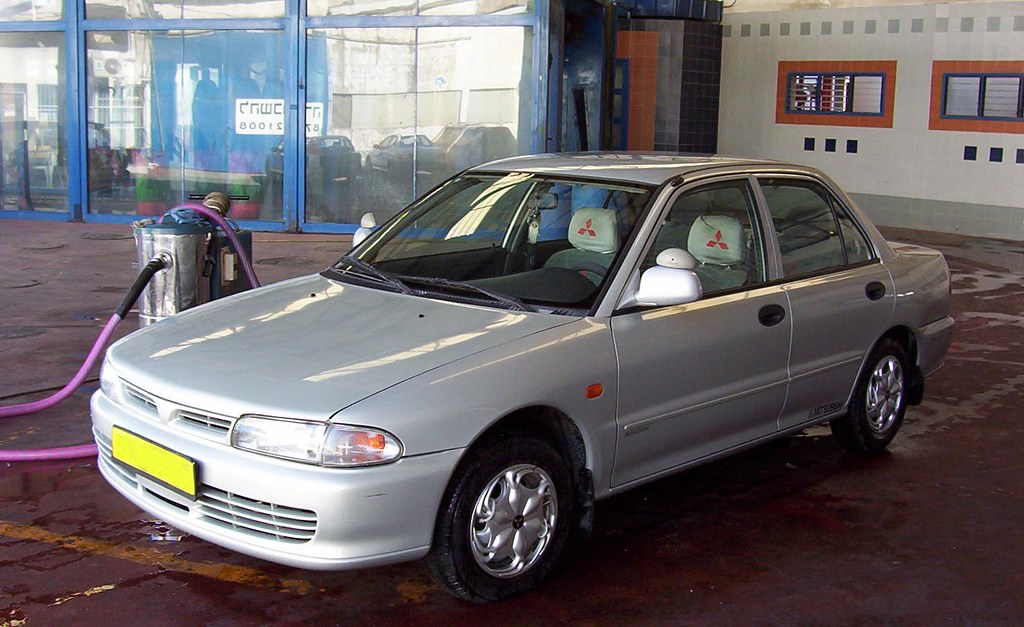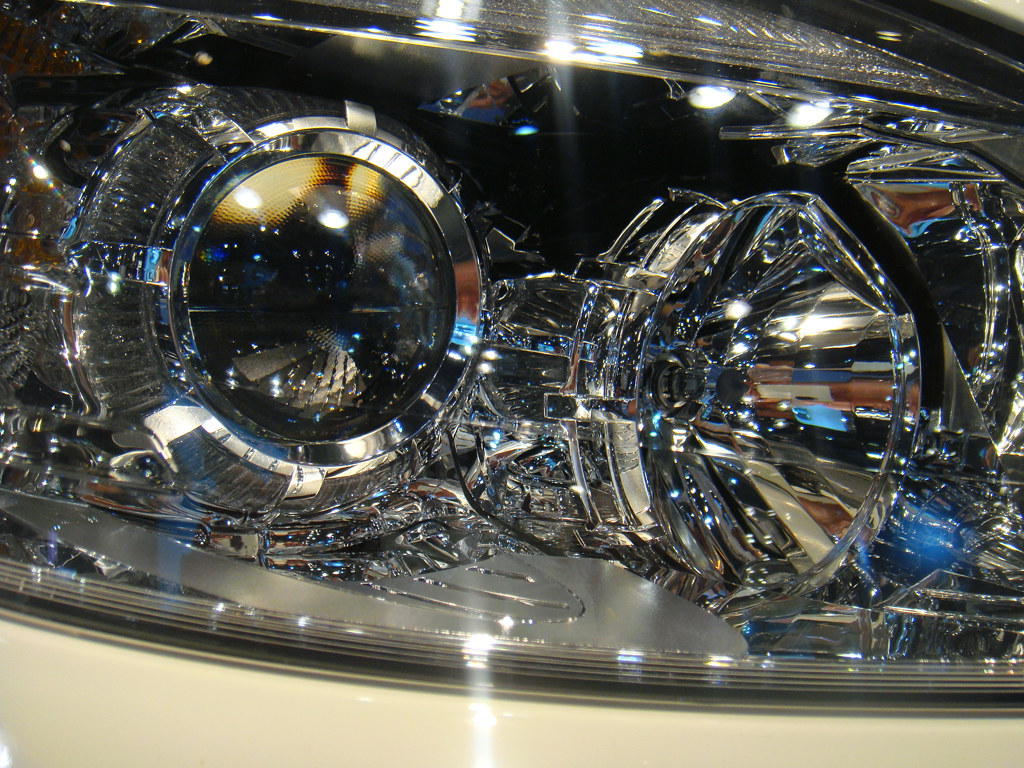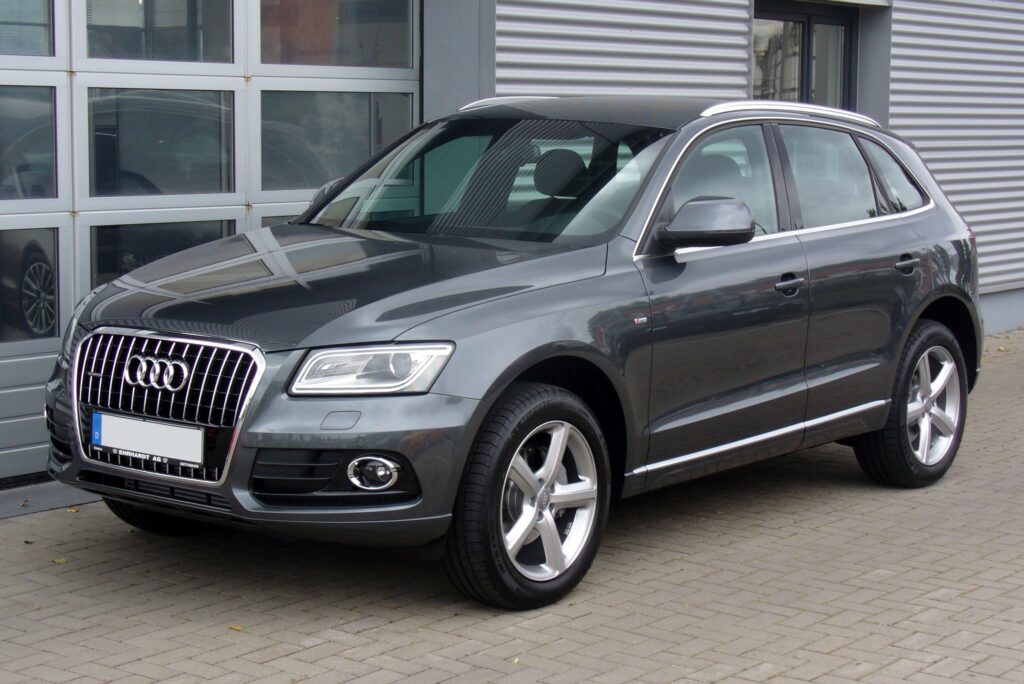
The rising costs of new vehicles have fundamentally shifted car ownership in America. With the average transaction price for new cars soaring to $48,644 in June, according to Kelley Blue Book, many U.S. drivers are holding onto their existing vehicles for longer. Data from S&P Mobility shows the average vehicle age hit a record 12.6 years in 2024.
Fortunately, modern automobiles are built with greater durability, often surpassing 200,000 miles. This longevity offers a financial advantage, as keeping an older, well-maintained car can be more cost-effective than new car payments. However, this extended lifespan comes with a crucial caveat: as vehicles accumulate miles, the potential for significant and costly repairs escalates, transforming a valuable asset into an unexpected financial drain – a true maintenance trap.
For savvy consumers, understanding these pitfalls is paramount. When your trusted ride approaches the 150,000-mile milestone, it’s about anticipating and mitigating specific, often expensive, issues common in high-mileage cars. This guide will illuminate 15 critical maintenance concerns, focusing on the first seven in this section, providing objective, data-driven insights to navigate high-mileage vehicle ownership and avoid costly surprises.
1. **Transmission System Failures**Transmission issues are among the most daunting and expensive problems high-mileage vehicle owners face. Over time, the fluid inside the transmission degrades, leading to severe operational problems like slipping gears, rough shifts, or complete transmission failure. Rebuilding or replacing a transmission is notoriously costly, often running into several thousand dollars, making it one of the most substantial repairs a vehicle owner might encounter.
The topic of transmission flushes on high-mileage vehicles is a subject of considerable debate. A mechanic from Royalty Auto Service advises caution for cars exceeding 150,000 miles if they haven’t been flushed before. He suggests that if a car with high mileage hasn’t had a flush, it might be better to “just go with it until it goes,” unless the transmission is “slipping really badly.” The mechanic explained that a flush at this stage might not help, with three possible outcomes: “nothing at all is gonna change,” “it’s gonna fix it,” or “it’s gonna make it worse.”
He dismisses claims that transmissions always slip after a flush but emphasizes using the “correct transmission fluid during a flush as ‘different transmissions take different fluid’.” Internet users often echo this sentiment, with many agreeing that for high-mileage vehicles lacking regular flushes, a drain-and-refill might be a safer alternative. This highlights how the timing and type of service for transmissions can become a significant “trap” if not approached with careful consideration.
Read more about: Unreliable Rides: 15 Trucks That Become Costly Nightmares Well Before 80,000 Miles

2. **Head Gasket Failure**A compromised head gasket stands out as a particularly formidable maintenance trap. This critical engine part creates a vital seal between the engine block and the cylinder head, containing the combustion process and preventing fluid mixing. While these components can last up to 200,000 miles, their failure becomes a significant concern in high-mileage vehicles, necessitating more frequent checks around 150,000 miles.
A failing head gasket can lead to coolant leaks, oil leaks, overheating, or even severe internal engine damage. The cost of replacement is staggering, often ranging from $2,000 to $6,000, with Consumer Reports citing an average repair cost of $3,957. This expense primarily stems from the extensive labor involved, as much of the engine must be disassembled to access and replace this vital seal.
This significant repair bill can easily exceed the remaining value of many high-mileage vehicles, solidifying its status as a major financial trap. Regular monitoring for signs like unusual exhaust smoke, milky engine oil, or unexplained coolant loss is crucial. Proactive attention can prevent catastrophic engine damage and potentially mitigate the total financial impact of this unavoidable high-mileage repair.
Read more about: Spilling the Gas: Unmasking 12 Critical Engine Failure Points That Allegedly Emerge Right After Your Warranty Ends

3. **Alternator Failure**The alternator is a pivotal component, powering all your car’s electronics and recharging its battery by converting mechanical energy into electrical energy. Without a functional alternator, your car will eventually cease to run. As vehicles accumulate miles, the alternator is subject to wear, and its failure is common in high-mileage cars, often around 100,000 to 150,000 miles.
Common symptoms include dimming headlights, a dashboard warning light, a dead battery, or unusual noises. Kelley Blue Book reports an average repair cost between $746.63 and $842.18. However, the true cost varies, ranging from “$450 ‘for an aftermarket alternator on an economy car’” to “$2,200-plus for an OEM alternator on a luxury vehicle,” as noted by Consumer Affairs.
This wide range makes alternator replacement a significant “maintenance trap,” especially for luxury high-mileage cars where the expense can be prohibitive. Since replacement is typically necessary over repair, owners must be prepared for this cost. Vigilance about electrical anomalies can help identify a failing alternator early, preventing additional strain on your battery and other components.
Read more about: Your Engine Stalls? 14 Smart Fixes & Diagnostic ‘Tricks’ to Conquer Car Stalling, Starting Outside the Hood
4. **Starter System Malfunctions**The starter is indispensable, initiating your engine’s combustion process every time you start the car. It’s an electric motor that cranks the engine, setting pistons in motion. Without a functional starter, your vehicle simply won’t come to life. If your vehicle has surpassed 100,000 to 150,000 miles without a starter replacement, you’ve been fortunate, as its failure is common in high-mileage vehicles.
Signs of a “wonky starter” are distinct: the engine may have trouble turning over, you might hear clicking sounds, or detect a burning smell and smoke. In the most frustrating scenario, the starter will be completely dead, yielding no response upon attempting to start the car. This issue can leave you stranded, adding inconvenience to the financial burden.
The financial implications position it as a significant maintenance trap. Kelley Blue Book indicates an average repair cost from $727.98 to $820.04. This figure can escalate based on vehicle design, as accessing the starter can be labor-intensive. Being attentive to changes in starting behavior, such as a delayed or weaker crank, is crucial. Early inspection can prevent higher costs from breakdowns and towing.
Read more about: Expensive Headaches: 11 Critical Engine Problems That Demand Immediate Attention to Avoid Major Repairs
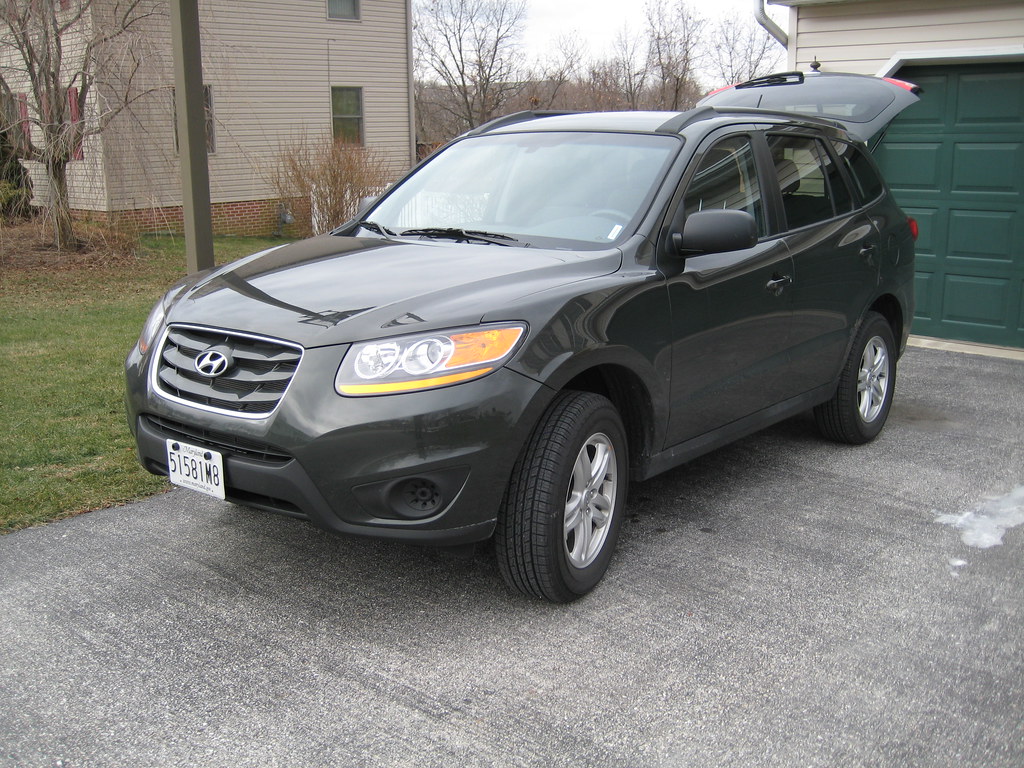
5. **Timing Belt or Chain Replacement**The timing belt or chain plays a critical, orchestrating role in your engine, synchronizing the camshaft and crankshaft. This precise coordination is vital for correct engine operation. Failure of this component can lead to catastrophic, irreversible engine damage, instantly turning a drivable car into a costly paperweight.
In high-mileage vehicles, these parts are frequently due for replacement, enduring immense stress over many miles. While manufacturer intervals vary, often between 60,000 and 150,000 miles, exceeding the factory-scheduled maintenance cap means this major service is “on the menu.” Replacing a timing belt or chain is labor-intensive and expensive, often requiring significant engine disassembly, contributing substantially to the repair bill.
The context emphasizes this is a necessary expense to “avoid more severe problems down the road,” making it a severe maintenance trap. Neglecting it leads to devastating financial consequences—a destroyed engine. It’s also “a good idea to ask whether there’s any preventive ‘while you’re in there’ maintenance,” like swapping the water pump, to save on future labor costs and mitigate the impact of this essential high-mileage repair.
Read more about: Expensive Headaches: 11 Critical Engine Problems That Demand Immediate Attention to Avoid Major Repairs
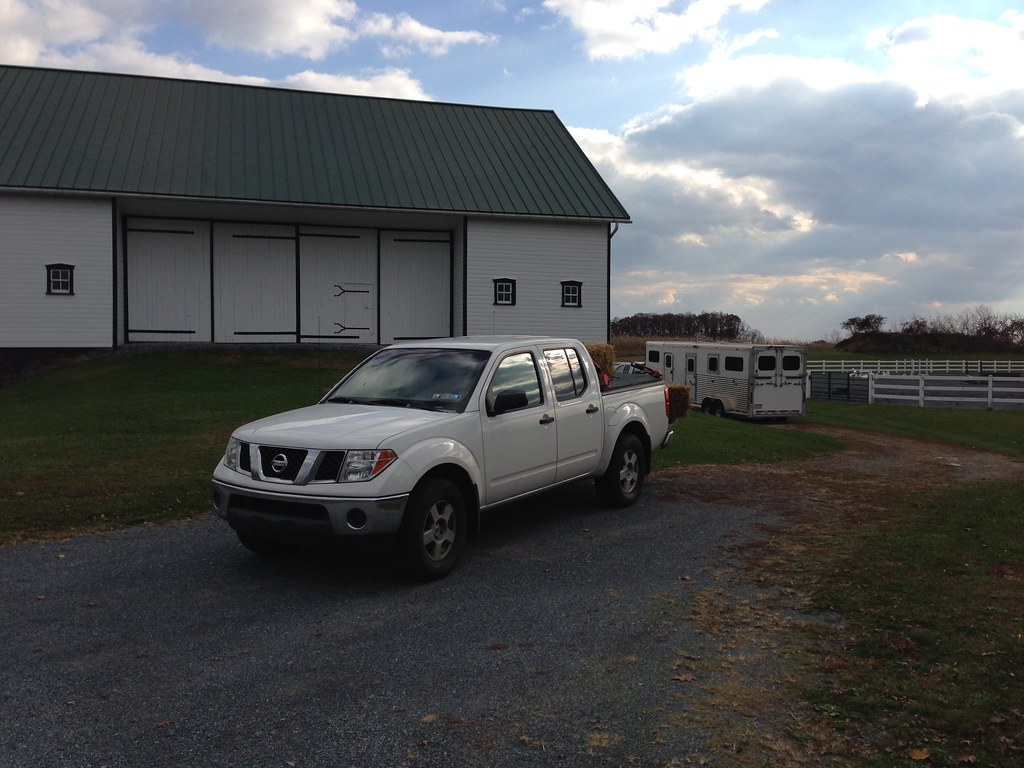
6. **Brake System Degradation**Brakes are paramount for vehicle safety, but high-mileage cars are particularly susceptible to significant degradation in their brake systems. Worn brake pads, rotors, and calipers are common, directly impacting your ability to stop effectively. Over time, these vital components lose effectiveness, leading to longer stopping distances and creating serious safety hazards.
While regular brake maintenance is a lifelong requirement, high-mileage vehicles demand more diligent replacements due to accumulated wear. Consumer Reports suggests replacing brake pads/discs every 25,000-70,000 miles and rotors every 60,000 miles. Kelley Blue Book cites replacement costs for pads at $249-$275 and rotors at $532.91-$612.01, highlighting the recurring financial drain.
The Capital One QuickTakes article warns that “above the 100,000-mile mark, components of the brake…systems can begin to show their age.” Ignoring minor warning indicators like pulsating or squealing brakes, the context cautions, “could result in a repair bill of more than $500, or worse, an avoidable accident.” Frequent brake checks and prompt repairs are non-negotiable for safety and to manage these inevitable, substantial costs.
Read more about: Unlocked: The EV Expert’s 10 Essential Strategies to Maximize Your Electric Vehicle’s Range Effortlessly

7. **Engine Oil Leaks and Consumption Issues**As vehicles accumulate miles, the engine becomes increasingly prone to oil-related issues, turning into frustrating and costly maintenance traps. Engine oil leaks are prevalent, as seals and gaskets deteriorate with age, becoming brittle and cracking. This leads to oil seepage, often unnoticed until significant engine damage or a driveway stain appears.
Addressing these leaks involves labor-intensive and costly replacement of worn seals, especially around the engine, oil pans, and transmission. A common specific leak is the timing cover leak, which can contaminate timing components and demands “significant labor and expense,” potentially causing “more severe engine damage” if unchecked.
Beyond leaks, high-mileage engines frequently consume more oil due to worn piston rings or valve seals. This necessitates frequent top-offs or more frequent oil changes, adding recurring operational costs. If not closely monitored, increased oil consumption can lead to severe engine damage, and in some cases, rectifying it may require “expensive engine repairs.” This dual threat makes managing engine oil a primary focus for avoiding significant unexpected expenses.
Continuing our comprehensive examination, we now turn to eight more significant maintenance concerns that high-mileage vehicles commonly encounter. These issues, ranging from critical system failures to structural integrity risks, demand proactive attention and can become substantial financial burdens if not addressed promptly. Understanding these potential pitfalls is key to informed high-mileage vehicle ownership, helping consumers anticipate and mitigate unexpected repair expenses. The goal is to empower drivers to make sound decisions, ensuring their trusted ride remains reliable and cost-effective as it accumulates more miles.
Read more about: Unreliable Rides: 15 Trucks That Become Costly Nightmares Well Before 80,000 Miles
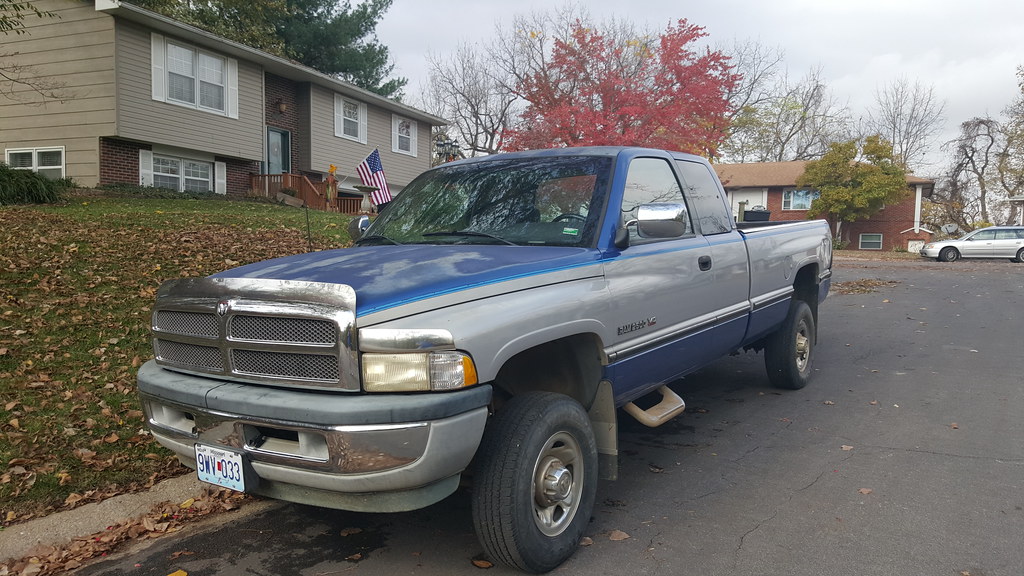
8. **Exhaust System Deterioration**Your vehicle’s exhaust system, a complex network of pipes, mufflers, and catalytic converters, performs the vital function of routing harmful combustion byproducts away from the engine and occupants. However, it operates under extreme conditions, enduring intense heat, challenging driving environments, and harsh environmental factors like road salt, particularly in snowy regions. These elements constantly attack its components, making deterioration an almost inevitable part of a car’s aging process.
Over many miles, these components are highly susceptible to corrosion and physical damage. While many original equipment manufacturer (OEM) exhaust systems are remarkably durable, often surviving 12-15 years and 150,000 miles without full replacement, reaching this milestone signals a crucial time for inspection. Components like the muffler and tailpipe are particularly vulnerable to erosion, which can lead to leaks, increasing noise, and potentially compromising emissions control.
When the exhaust system deteriorates, the consequences extend beyond mere noise. Increased emissions can lead to your vehicle failing inspections, and reduced fuel efficiency will hit your wallet. Critically, the catalytic converter, an expensive component, can suffer significant damage. According to Consumer Reports, a muffler replacement alone will cost around $725, but a full exhaust system overhaul, especially one involving a catalytic converter, can be substantially more. Therefore, a thorough check of the exhaust system at high mileage is not just about comfort, but about legal compliance, fuel economy, and avoiding a major repair bill.
Read more about: Car Rust: Your Essential Guide to Spotting, Stopping, and Preventing Corrosion Before It Spreads
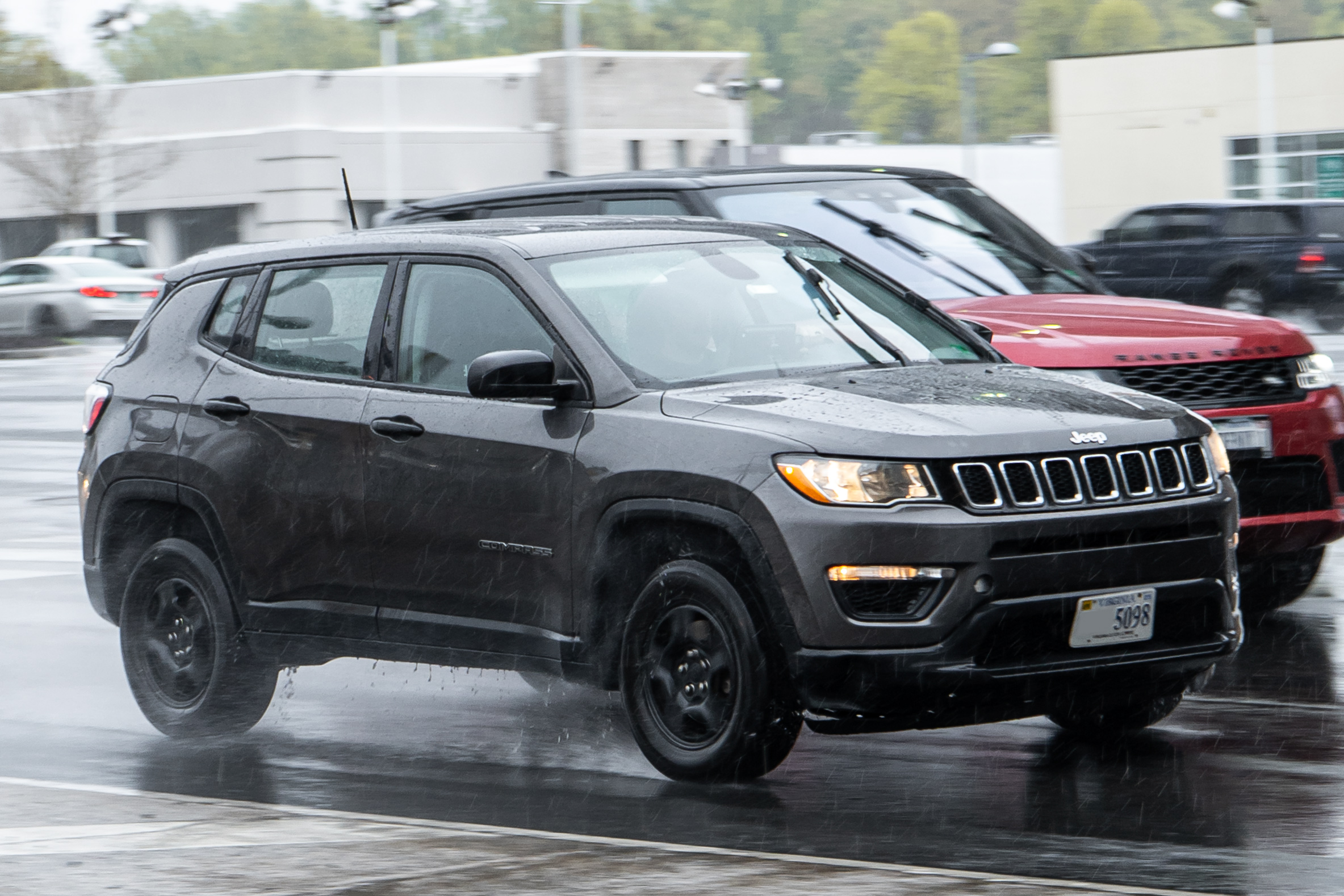
9. **Cooling System Failures**The cooling system is the unsung hero of your engine, working tirelessly to prevent overheating by regulating engine temperature. Comprising the radiator, hoses, water pump, and coolant, its consistent operation is paramount for engine health and longevity. As a vehicle accrues miles, the components within this system are subjected to continuous thermal stress and chemical degradation, making them increasingly susceptible to failure.
High-mileage vehicles are particularly prone to issues such as leaks from brittle hoses and gaskets, clogs within the radiator or heater core, and outright failures of the water pump. Radiator and heater hoses, for instance, typically wear out after about four to five years, though the combination of heat and engine pressure in an older vehicle can significantly shorten this lifespan. Ignoring even minor leaks can lead to gradual coolant loss, which exacerbates engine heat and accelerates wear on other components.
A malfunctioning cooling system can quickly escalate from a minor inconvenience to severe engine damage, including warped cylinder heads, blown head gaskets, or even a completely seized engine. The context from Capital One QuickTakes notes the importance of proactive maintenance, suggesting that when a major service like a timing belt replacement is performed, it’s often a good idea to replace the water pump simultaneously. This ‘while you’re in there’ approach can save substantial labor costs, mitigating the financial impact of what is often an unavoidable high-mileage repair and preventing catastrophic failures down the road.
Read more about: Spilling the Gas: Unmasking 12 Critical Engine Failure Points That Allegedly Emerge Right After Your Warranty Ends

10. **Suspension Wear and Tear**The suspension system is crucial for your vehicle’s handling, ride comfort, and overall safety, absorbing the bumps and jolts of the road to keep your tires firmly on the pavement. Key components include shocks, struts, bushings, and various linkages. With every mile driven, these parts are subjected to constant stress and impact, leading to gradual wear and tear. In high-mileage vehicles, this accumulated wear becomes pronounced, significantly affecting vehicle dynamics and comfort.
As shocks and struts lose their damping ability, the ride can become noticeably rougher and bouncier, leading to reduced control, especially over uneven surfaces or during cornering. Worn bushings can introduce excessive play, manifesting as clunking noises and vague steering. Beyond comfort, suspension degradation also contributes to uneven tire wear, necessitating more frequent and costly tire replacements. This creates a compounding maintenance trap, where one issue directly influences another.
The increased wear on suspension components directly impacts the vehicle’s stability and braking performance, potentially extending stopping distances and making emergency maneuvers more challenging. The Capital One QuickTakes article emphasizes that “above the 100,000-mile mark, components of the … suspension systems can begin to show their age,” underscoring the necessity of diligent inspection. Proactive attention to these components ensures consistent handling and tire longevity, preventing a rough ride from becoming a dangerous one.
Read more about: Collectors Beware: 13 Barn Find Restoration Pitfalls That Might Just Break Your Bank (and Your Spirit)
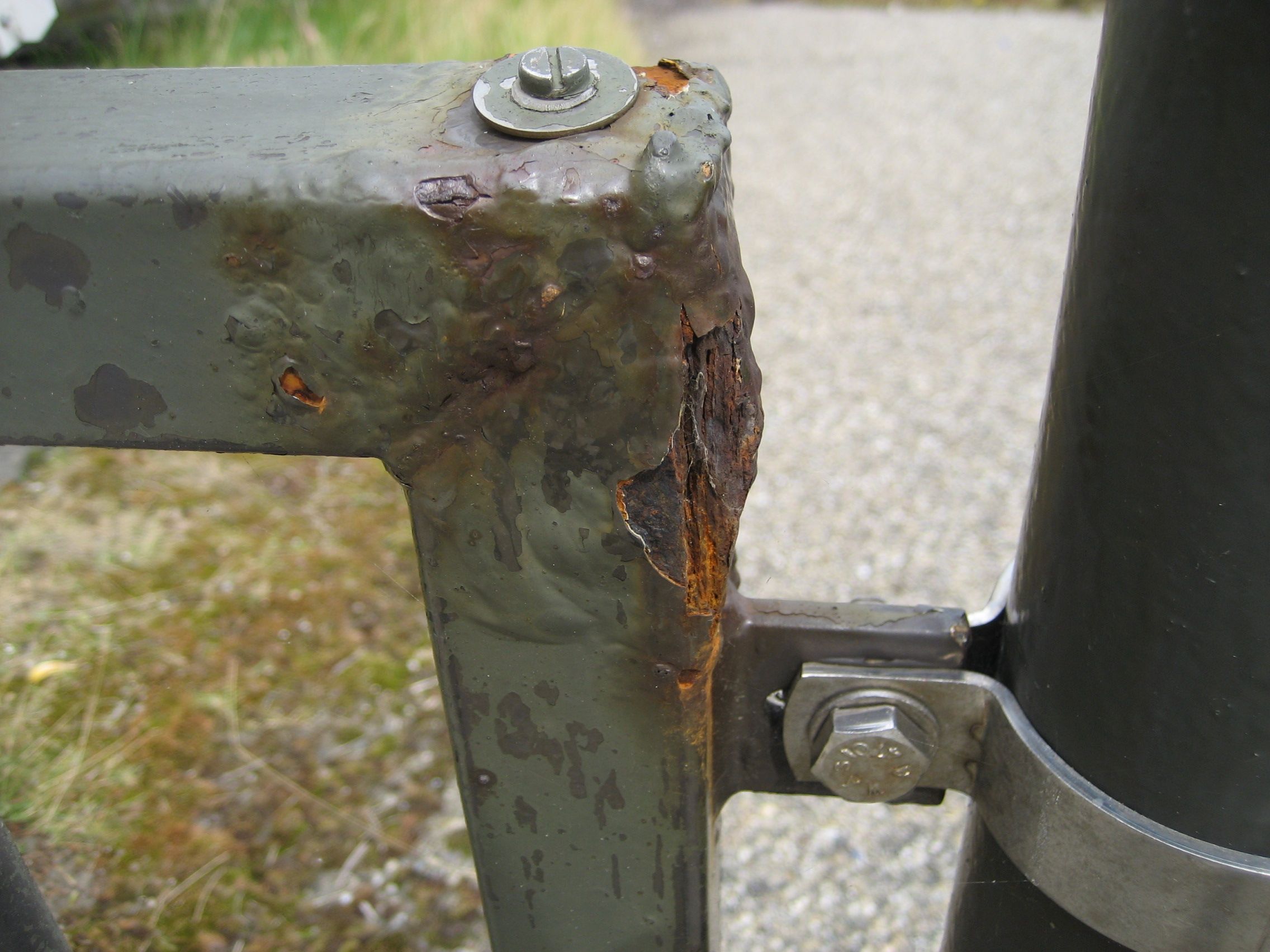
11. **Rust and Corrosion**Rust is an insidious and formidable adversary for older vehicles, particularly those that have endured years in regions with harsh winters where road salt is frequently used. As high-mileage vehicles age, their protective coatings and paint finishes degrade, making them increasingly vulnerable to the relentless attack of rust. This metallic decay can stealthily spread, compromising not only the aesthetic appeal of the vehicle but, more critically, its structural integrity and the functionality of vital components.
Corrosion doesn’t discriminate; it can attack various parts of the vehicle, from the exterior body panels and undercarriage to critical safety components like brake lines, fuel lines, and suspension mounts. In severe cases, rust can weaken the chassis and other structural elements to a point where the vehicle’s crashworthiness is compromised, posing a serious safety risk to occupants. Spotting early signs of rust, especially underneath the vehicle, is crucial.
Repairing rust damage is often an extensive, labor-intensive, and consequently, expensive endeavor. It may involve cutting out corroded sections, fabricating or sourcing new metal, and welding in replacements, sometimes requiring complete panel replacements. In many instances, the cost of thorough rust repair can easily approach or even exceed the remaining market value of a high-mileage vehicle, solidifying its status as a significant financial trap. Regular washing, especially during winter months, and undercoating inspections can help delay this inevitable deterioration.
Read more about: Unreliable Rides: 15 Trucks That Become Costly Nightmares Well Before 80,000 Miles
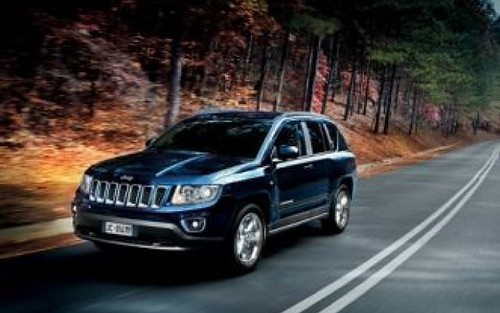
12. **Electrical System Issues**Modern vehicles are sophisticated marvels, heavily reliant on a complex electrical system that powers everything from the engine’s ignition to the infotainment unit and advanced safety features. This intricate network, comprising the battery, alternator, wiring harnesses, sensors, and electronic control units (ECUs), is designed for durability, but with high mileage, its reliability can begin to falter. Beyond the well-known alternator and starter failures, a myriad of other electrical glitches can emerge, transforming the driving experience into a frustrating series of unexplained problems.
As wiring ages, insulation can degrade, leading to shorts or open circuits that cause intermittent issues. High-mileage vehicles are prone to failing sensors – such as oxygen sensors, ABS sensors, or camshaft position sensors – which can trigger dashboard warning lights and affect engine performance or safety systems. Owners might experience dimming lights, malfunctioning power windows, unreliable central locking, or erratic behavior from their entertainment systems. These problems often stem from worn wiring or the general fatigue of electronic components subjected to years of vibrations and thermal cycles.
Diagnosing electrical issues can be particularly challenging and expensive, often requiring specialized diagnostic tools and considerable technician expertise to trace the root cause. A simple sensor replacement might be affordable, but a hidden wiring harness issue or a failing ECU can lead to substantial repair bills. The context mentions power window failures and airbag system malfunctions as common high-mileage electrical issues. Diligent attention to any unusual electrical behavior is critical to prevent cascading problems and ensure all systems, especially safety-related ones, remain fully functional.
Read more about: Ignite Your Ride: The Ultimate Guide to Spark Plugs for Peak Engine Performance and MPG Savings
13. **Fuel System Problems**Just as vital as the engine’s lubrication and cooling, the fuel system is the car’s ‘lungs,’ responsible for delivering a precise mixture of fuel and air for combustion. This system includes the fuel pump, filters, injectors, and lines. Over time and extensive mileage, this intricate network can become a breeding ground for contaminants and wear, leading to a range of performance-sapping and costly issues. The uninterrupted and clean flow of fuel is paramount for efficient engine operation, and any compromise can have significant repercussions.
High-mileage vehicles are particularly susceptible to the accumulation of carbon deposits within the combustion chambers, throttle body, and crucially, the fuel injectors. These deposits can clog filters, restrict fuel flow, and alter spray patterns, leading to reduced engine performance and starting difficulties. When fuel injectors are dirty, they can cause engine misfires, increase fuel consumption as the engine struggles to compensate, and result in symptoms like poor acceleration, harsh idling, or even unexpected stalling. Even a slight imbalance in fuel spray from an aged injector can cause cylinders to burn unevenly, stressing other engine components.
Addressing fuel system problems is essential to maintain engine efficiency and reliability, but it can be costly, often necessitating the replacement of key components. Proactive measures can help; the context suggests that pouring DIY fuel system cleaners into your fuel tank every 3,000 to 5,000 miles can help remove dirt before it clogs the system. While professional cleaning, at least once a year for older engines, is highly recommended, vigilance against reduced fuel economy or hesitant engine performance is key. Ignoring these warning signs can lead to more expensive repairs or even permanent engine damage.
Read more about: Ignite Your Ride: The Ultimate Guide to Spark Plugs for Peak Engine Performance and MPG Savings
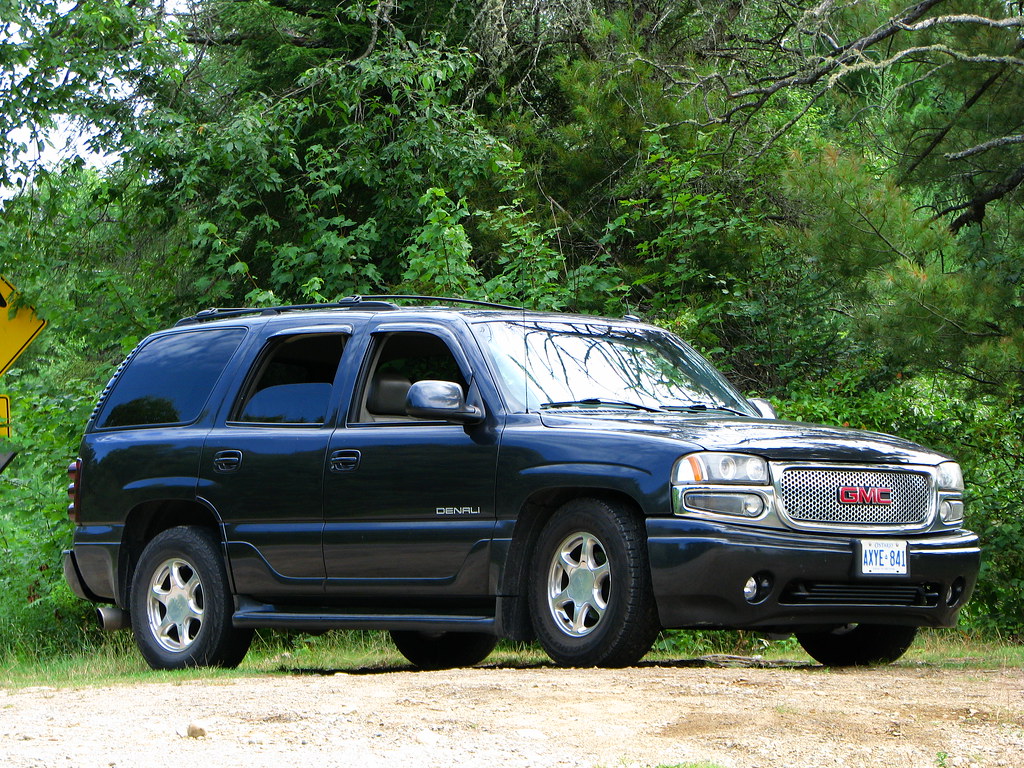
14. **Steering System Wear**The steering system is your direct link to the road, providing the precision and responsiveness needed for safe and confident driving. Comprised of components like the power steering pump, rack and pinion (or steering gearbox), tie rods, and various fluid lines, it undergoes immense stress with every turn of the wheel. In high-mileage vehicles, the cumulative effect of hundreds of thousands of turns and countless road imperfections can lead to significant wear within these critical parts.
Common issues that emerge in older, higher-mileage cars include fluid leaks from power steering hoses or the pump itself, which can lead to a loss of power assistance and make steering noticeably stiffer. Owners might also experience a “loose” or “sloppy” feel in the steering wheel, indicating wear in the rack and pinion unit or tie rod ends. Noises such as groaning or whining when turning the wheel can signal a failing power steering pump or low fluid levels. These problems not only detract from the driving experience but, more importantly, can make driving more difficult and dangerous, especially in emergency situations.
Repairing or replacing steering components is essential for maintaining vehicle control and safety, but it can represent a major expense for older vehicles. The labor involved in accessing and replacing parts of the steering rack, for example, can be substantial. Timely inspection by a qualified mechanic at the first sign of steering abnormalities, such as unusual noises, increased effort to turn the wheel, or excessive play, is crucial. Proactive maintenance can prevent a minor steering issue from escalating into a critical safety hazard and a prohibitively expensive repair.
Read more about: Track Day Champions on a Budget: 11 Bargain Sports Cars That Redefine Affordable Performance

15. **Wheel Bearing Wear**Wheel bearings are small but mighty components, essential for the smooth and efficient rotation of your vehicle’s wheels. They support the entire weight of the car at each wheel, reducing friction and allowing for seamless movement. However, like any component subjected to constant friction, heat, and rotational stress, they are designed to wear out over time. High mileage significantly increases the likelihood of encountering worn wheel bearings, turning what seems like a simple part into a potential safety and financial trap.
One of the most distinctive indicators of worn wheel bearings is a persistent humming or grinding noise that typically increases with vehicle speed. This sound often changes in pitch or intensity when turning or shifting weight, and can sometimes be accompanied by a loose feeling in the steering or vibrations that can be felt through the floorboard or steering wheel. Ignoring these symptoms can lead to progressive damage, not only to the bearing itself but also to surrounding components like the axle or brake system, compounding the eventual repair cost.
If left unaddressed, a severely worn wheel bearing can lead to catastrophic wheel failure, where the wheel could potentially separate from the vehicle while driving. This is an extremely serious safety risk, highlighting why prompt attention to any wheel bearing noise or symptom is non-negotiable. While replacing a single wheel bearing is a relatively common maintenance task, it still comes with a “hefty price tag,” combining the cost of the part with the specialized labor required for proper installation. Regular inspections during tire rotations and brake services can help identify wear early, mitigating the risk of critical failure and managing the financial impact.
As we’ve journeyed through these 15 critical maintenance concerns, one truth becomes abundantly clear: while high-mileage cars offer undeniable value in today’s market, their longevity is directly proportional to the vigilance and proactive care invested by their owners. The shift from new car payments to navigating potential repair bills is a common one, and savvy consumers are those who understand that anticipating these “maintenance traps” isn’t just about saving money—it’s about ensuring safety, reliability, and ultimately, making informed decisions that empower them to drive richer, longer, and smarter. Your car might have a lot of miles, but with the right knowledge and attention, it still has a lot of life left to give. Stay informed, stay vigilant, and enjoy the open road with confidence.”
Read more about: Track Day Champions on a Budget: 11 Bargain Sports Cars That Redefine Affordable Performance

